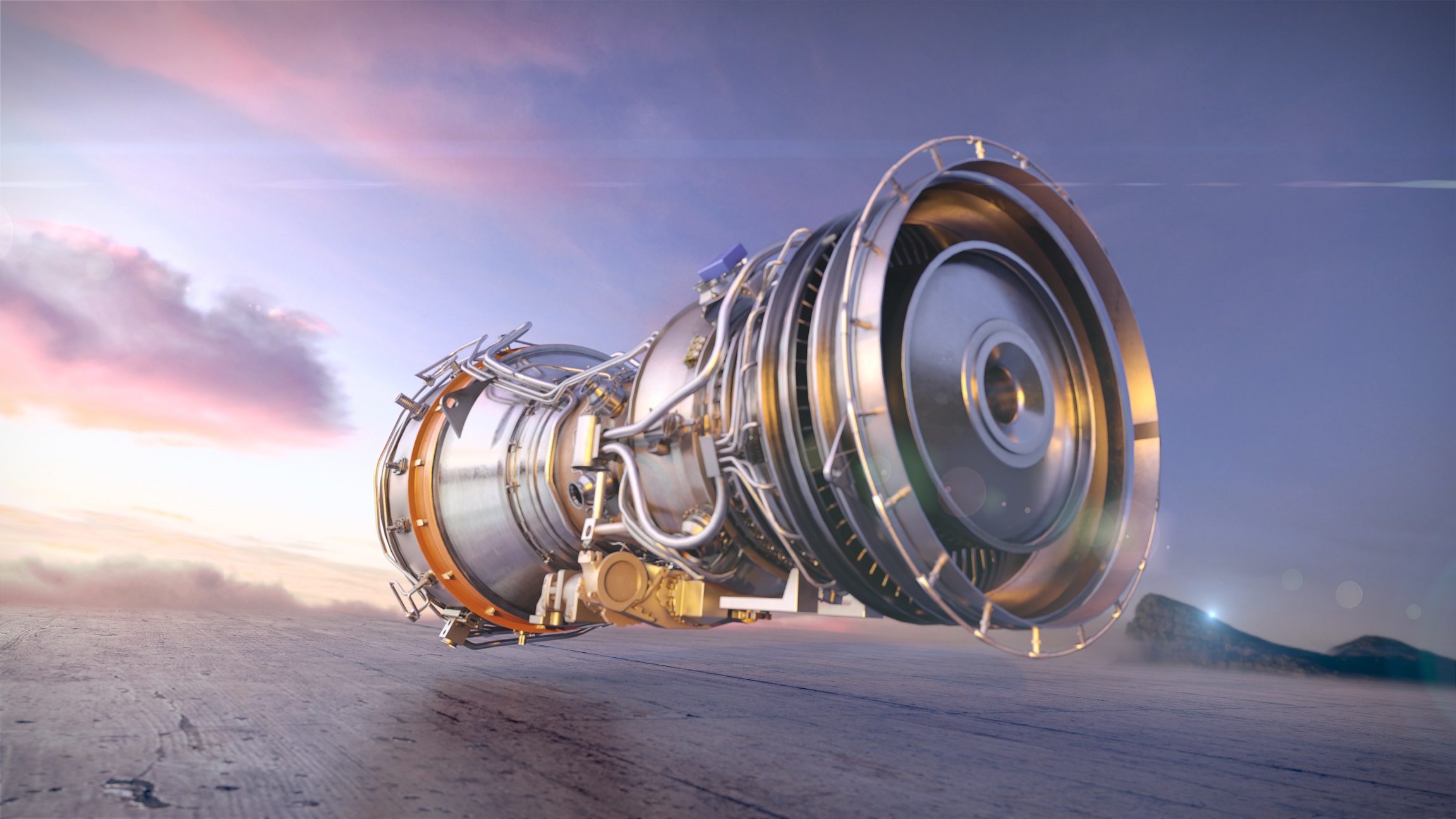Rolls-Royce reaffirms India commitment at Aero India 2021, well-positioned to ‘Create in India’ and enable ‘Make in India 2.0’
New Delhi: Rolls-Royce is all set to exhibit its technology prowess and steadfast commitment to an ‘Atmanirbhar Bharat’ at the aerospace and defence exhibition, Aero India 2021 in Bengaluru (India) from 3rd to 5th February. The Aero India show this year will see Rolls-Royce familiarizing customers and potential partners with its advanced technology offerings in naval and aerospace defence, as well as exploring opportunities to expand its ‘Make in India’ footprint.
In focus will be the mighty Rolls-Royce MT30, the world’s most power-dense marine gas turbine for naval vessels in service today. With a history of pioneering high-end technology solutions, Rolls-Royce’s prowess in naval defence solutions dates back over 80 years. The MT30 offers unique capabilities of a 21st century machine derived from the Aero Trent engine family. Offering a superior power-to-weight ratio and generating up to 40MW from a 30-tonne packaged unit, including most of the auxiliary systems, the MT30 gives navies more power in less machinery space than alternative engine types.
Kishore Jayaraman, President, Rolls-Royce India & South Asia said: “Rolls-Royce has been a strong partner in the mission readiness of India’s defense forces and are proud of our shared legacy of over eight decades. Aero India 2021 will be an important platform for Rolls-Royce to explore opportunities to further collaborate, co-create and co-manufacture in India with a view to support and enable the government’s ‘Atmanirbhar Bharat’ vision. We are also excited to discuss how our naval defence offerings such as the MT30 gas turbine can propel the Indian Navy’s modernization programme by providing integrated power and propulsion solutions. We believe the future will be led by meaningful partnerships to ‘Create in India’ customised technology solutions that will pave the way for a stronger ecosystem to make in India, for India and for the world.”
Alex Zino, Executive Vice President – Business Development & Future Programmes (Defence), Rolls-Royce said: “We recognise that India’s defence requirements are evolving, making indigenous development of modern defence hardware and technology a top priority for the Indian government. We also understand what it takes to build future-ready defence capabilities, and have been working closely with our Indian partners to strengthen the entire ecosystem including supply chain, sourcing, service and repairs, research and development and manufacturing capabilities. We remain firmly committed to building on Rolls-Royce’s rich heritage of partnership with the Indian defence forces with co-developed and customised advanced technology products that can best serve the nation’s power needs. Invested in building a strong ecosystem for manufacturing in the country, Rolls-Royce is well-positioned to explore opportunities to ‘create in India’ and to achieve India’s goals of self-reliance in the defence sector.”
Rolls-Royce has been manufacturing in India for over 60 years in partnership with Hindustan Aeronautics Limited (HAL) and other Indian supply chain partners, and remains keen to partner on the co-development programme of an indigenous engine for the Advanced Medium Combat Aircraft (AMCA).
Visit Rolls-Royce at Chalet No. 29, Aero India 20201
Air Force Station, Yelahanka, Bengaluru (India)
3rd to 5th February 2021
Product Focus:
MT30 – Powering the Future
Proven at sea, the Rolls-Royce MT30 can deliver its full power of up to 40MW (depending on application) in ambient temperatures up to 38°C, without any power degradation through life of ship allowing the ship to operate anywhere in the world without loss of performance or power. In just over a decade, the MT30 is operating or has been selected for all conceivable propulsion arrangements across seven ship types in twelve naval programmes around the world. This includes mechanical, hybrid and fully integrated-electric, with power delivered to waterjets, controllable and fixed-pitch propellers, depending on application. It gives navies more power in less machinery space than alternative engine types and offers ship designers much more options and flexibility in designing the naval vessels of tomorrow.

